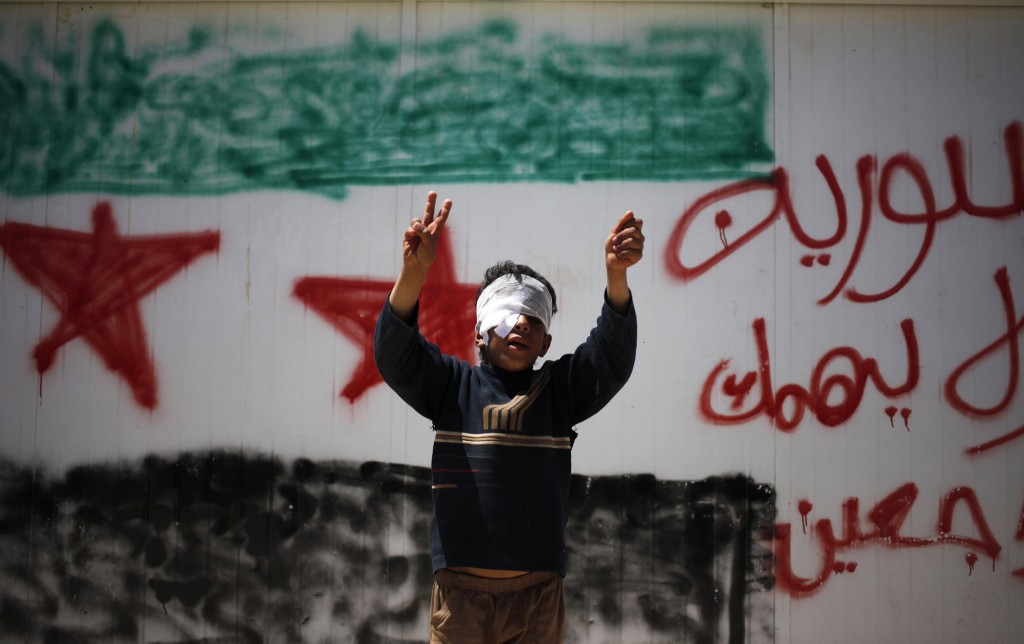About a month ago, both Syrian government and opposition forces agreed to help enforce a UN resolution to allow humanitarian aid to reach the Syrian population, previously unreachable because of escalating violence between the government and opposing forces. Some sources report as many as 9.3 million people are in need of humanitarian aid, including more than 4.3 million children. UN Secretary General Ban Ki-Moon said the UN World Food Programme and its partners were able to give food to around 3.7 million people last month, which falls far short of what’s needed to cope with the inevitably increasing number of people in need. With an estimated 140,000 people dead since the conflict began in 2011 and signs of a rapidly deteriorating health system unable to meet the growing needs of victims, one would expect more coverage of a crisis that has unfolded on such a large scale.
After Western powers decided against military intervention, coverage seems to have significantly lessened in most major news media outlets, save for Al Jazeera. With the exception of a Save the Children video that went viral a few weeks ago, regular coverage of the “indiscriminate violence,” in Ban Ki-Moon’s words, and more recent reports of serious human rights violations facing Syrian civilians everyday are not as easy to find. With no end to the conflict in sight and Secretary General Ban stating that there has been little improvement in the ability to deliver humanitarian aid since the resolution was implemented, could increased media pressure make a difference? Documentation of ongoing humanitarian crises shouldn’t weaken, especially among mainstream media outlets who have the power and the viewership to raise awareness and accountability when it matters most.

